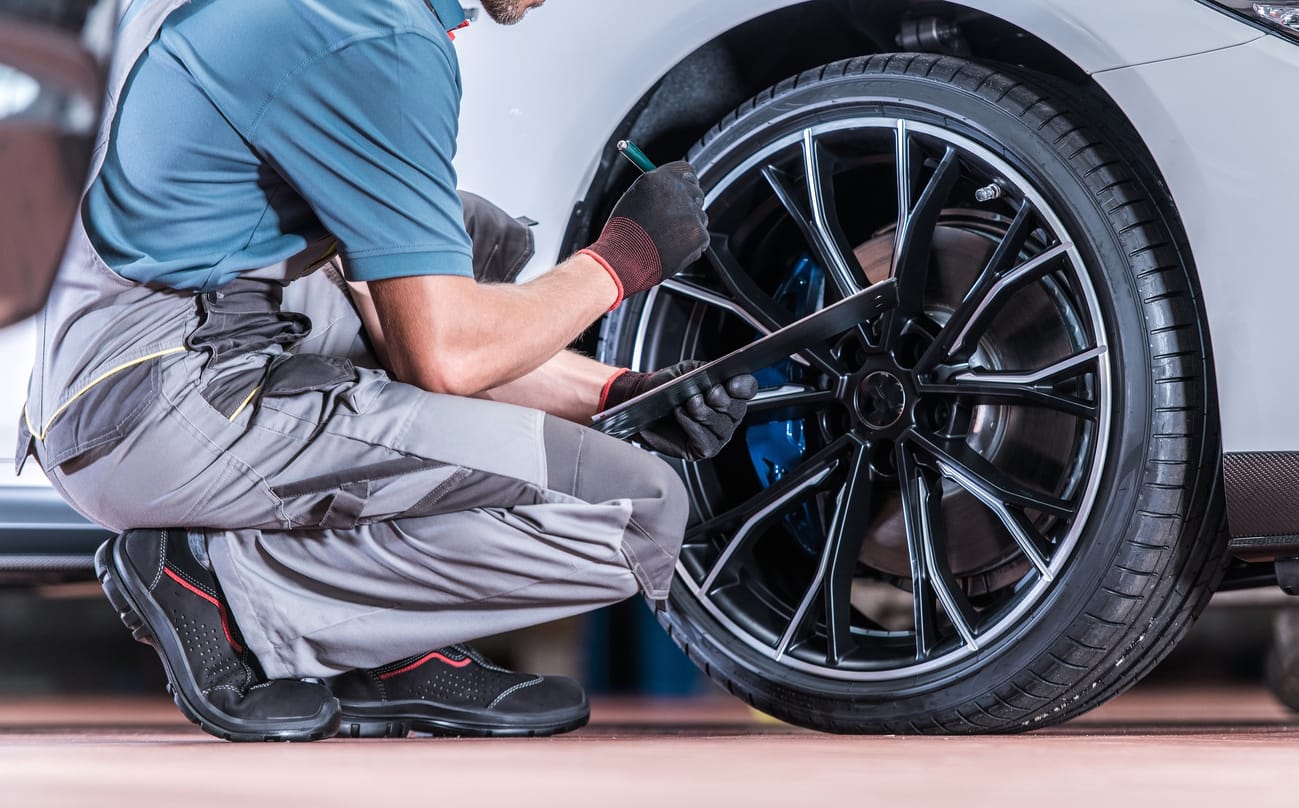Research a Shipping Company You Can Trust
The first, and most significant step, is to find a good transporting company that can get your vehicle safely from one location to another. Before you settle on one transporter, check reviews, get detailed quotes, and determine what services come with the quoted cost. You should also make sure that the chosen transporting company services the destination you have in mind. Then you can make a decision on the best choice for shipping your car. At SAC Transport, we ship more than 200 vehicles every day while still giving every customer individual attention so they have total peace of mind before, during, and after shipping.


